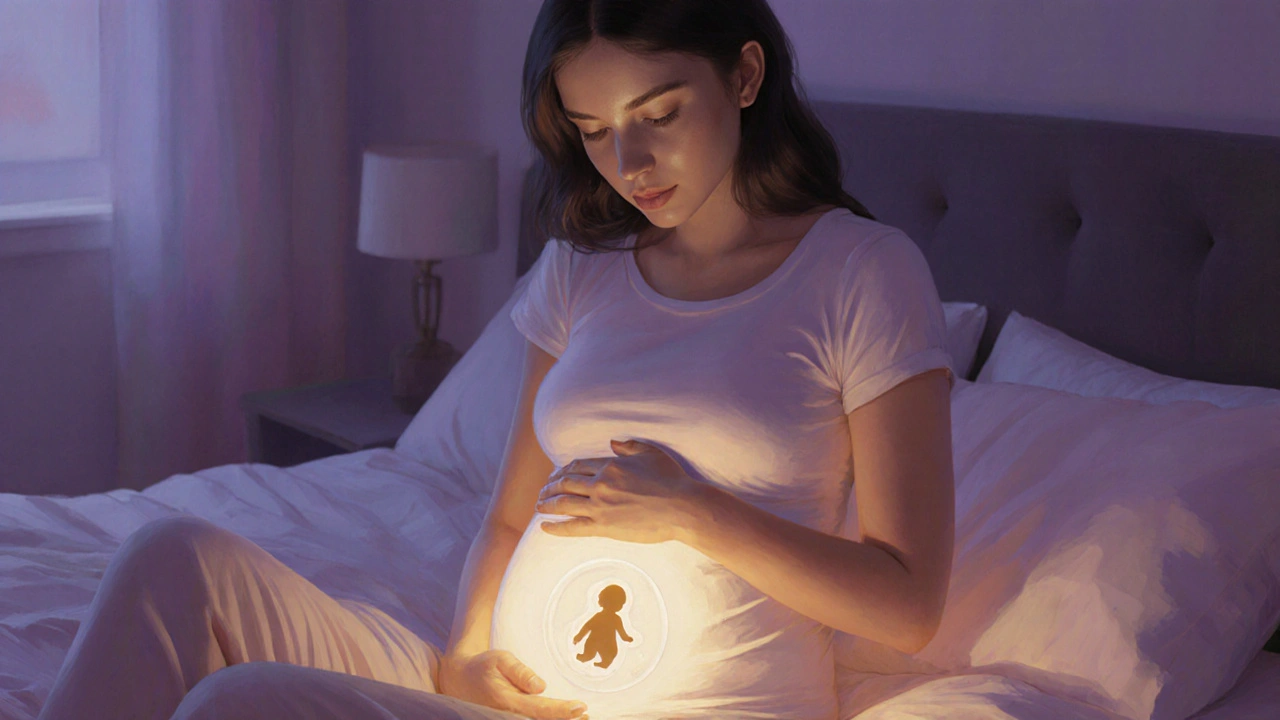Implantation Cramps: What They Are, When They Happen, and What to Expect
When a fertilized egg attaches to the uterine wall, some women feel implantation cramps, mild abdominal twinges that occur as the embryo embeds into the lining of the uterus. These cramps are one of the earliest physical signs of pregnancy, often happening 6 to 12 days after ovulation—right around the time your period is due. They’re not everyone’s experience, but for those who feel them, they’re usually subtle: a light pulling, tingling, or dull ache in the lower belly or lower back. Unlike period cramps, they rarely get worse and usually last just a few hours to a couple of days.
Many people confuse implantation cramps, a normal part of early pregnancy with premenstrual symptoms, and that’s understandable. Both can cause similar sensations. But implantation cramps are often lighter, shorter, and may come with implantation bleeding, a light spotting or pinkish discharge that happens when tiny blood vessels in the uterus are disturbed during embedding. This spotting is usually much lighter than a period and doesn’t flow like one. You won’t need a pad—just a panty liner, if anything.
It’s also worth knowing that early pregnancy symptoms, including cramping, breast tenderness, fatigue, and nausea, can show up before a missed period. But not everyone feels them, and some symptoms overlap with PMS. That’s why a pregnancy test is the only sure way to confirm. Home tests work best after your missed period, but some sensitive ones can detect pregnancy hormones as early as 10 days after conception.
What you won’t feel with implantation cramps: intense pain, heavy bleeding, or fever. If you’re having strong cramps, clots, or fever-like symptoms, it’s not implantation—it could be something else, like an infection or early miscarriage. Always check with a doctor if you’re unsure.
There’s no way to make implantation cramps go away faster—they’re a natural part of pregnancy starting. But you can ease discomfort with rest, warm (not hot) compresses, and avoiding heavy lifting or stress. No supplements or pills will speed up implantation, and trying to do so can do more harm than good.
What you’ll find below are real, practical guides from people who’ve been through this—whether they were tracking their cycle, wondering if their cramps meant pregnancy, or trying to understand what their body was doing. You’ll see comparisons between implantation signs and other conditions, tips on when to test, and how to tell if what you’re feeling is normal or something to get checked out. No fluff. No guesswork. Just clear, honest info from real experiences.
Menstrual Cramps and Pregnancy: What to Expect
Learn why cramping continues after conception, how to tell implantation cramps from period pain, safe relief methods, and red‑flag signs that need medical attention.
More
